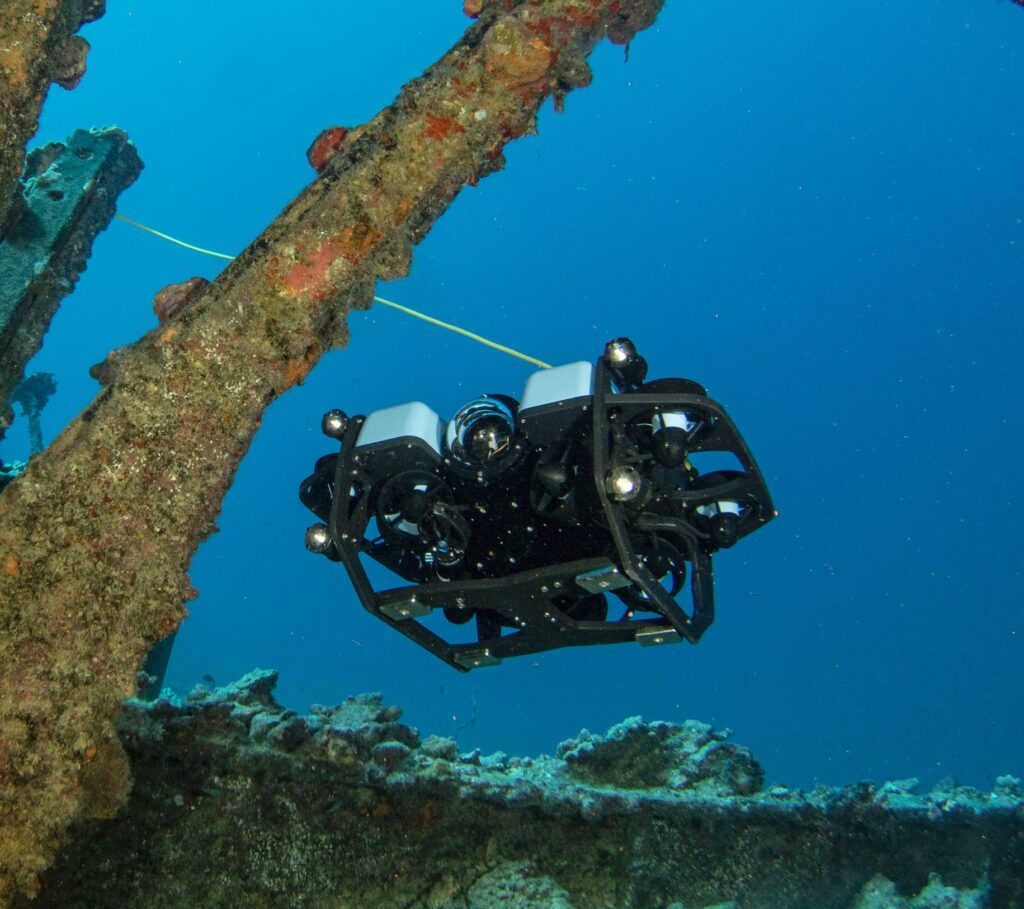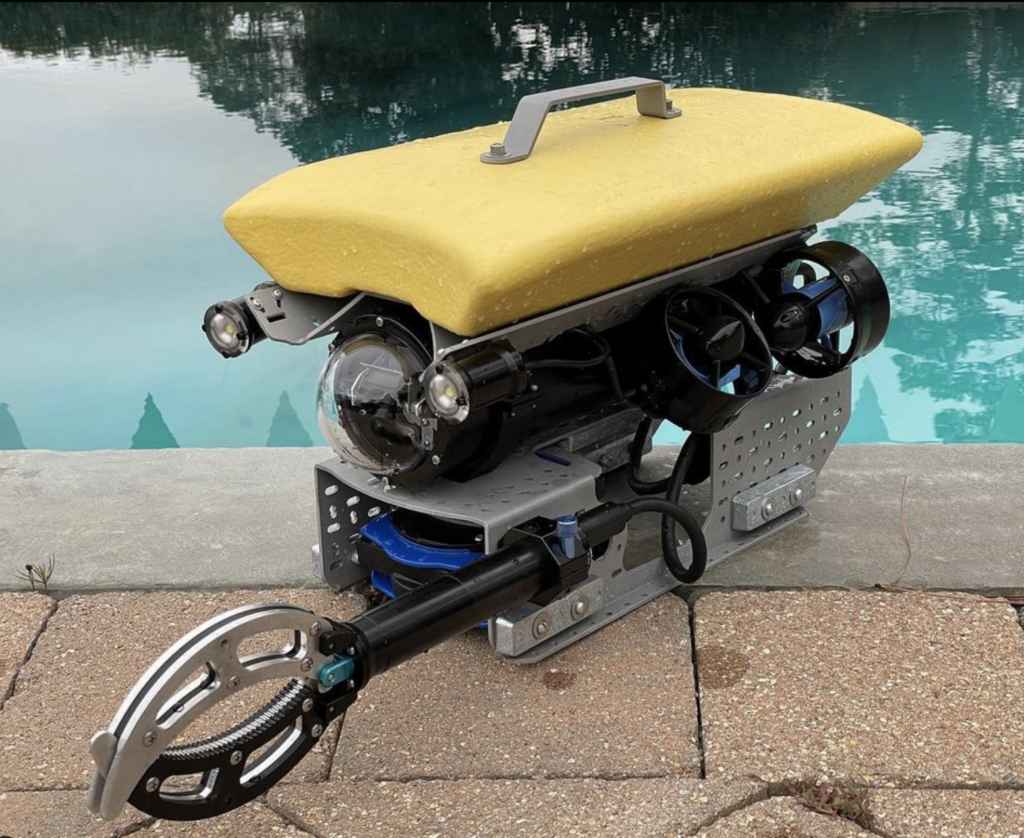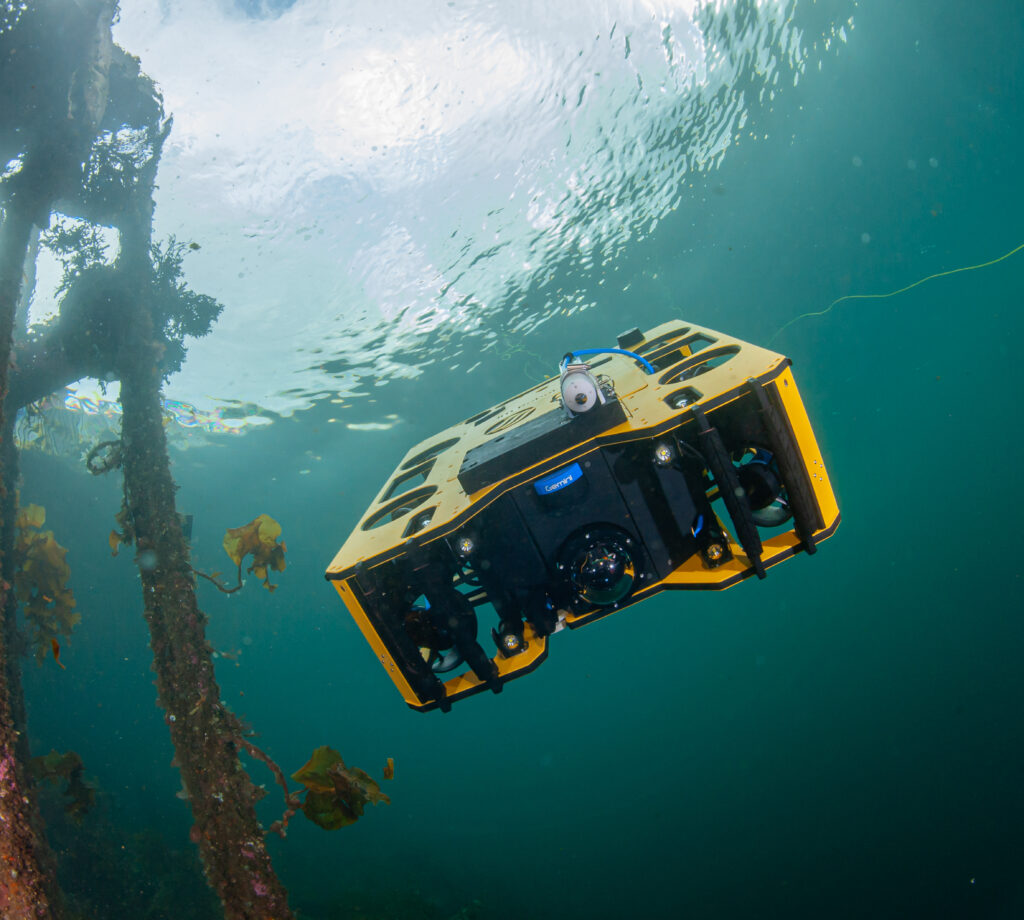Remotely Operated Underwater Vehicles (ROVs) expand our ability to explore and work in our world’s waters. There are tons of different applications like shipwreck exploration, scientific research, search and rescue, and underwater inspections of aquaculture, pipelines, and other infrastructure. We have a whole article talking about marine robotics and different applications here, so this time around we want to talk about something important but hard to find.
Choosing an ROV is complicated with all the different specifications, your requirements, and lack of available pricing information. We’ve decided to make it a bit easier by actually discussing the elephant in the room – COST. If you’ve ever tried to find the price of an ROV, you will know that the answer is rarely straightforward. Most websites require you to request a quote or speak with a sales rep to get any pricing information, and to be honest, that stops many people before they even get started. Give us all the transparency, people!!! Cost is a key component when purchasing an ROV, so we’ve come up with a list of what we think plays a part in the price of a vehicle, and then we dive into the juicy money details 🤑
Keep in mind…
- ROVs come in all shapes, sizes, and configurations, and the larger, more capable models—equipped with advanced sensors and manipulators—tend to be expensive, and understandably so.
- Advancements in technology come with a price tag! Newer models, with cutting-edge features that contribute to enhanced performance and efficiency tend to be more expensive.
- Got a specific application? Many ROV companies offer unique options and a range of add-ons to tailor the system for your particular job. However, additional and customized features such as advanced navigation sensors, tool packages, and high-power systems can significantly impact the overall cost of an ROV system.
- Price is also affected by the quality of materials used in building an ROV, as well as the complexity of assembly and testing processes. High-quality materials and precision engineering are key when it comes to reaching extreme depth ratings, but those materials can be expensive!
In our research, we found a WIDE range of ROV pricing between $3,000 and $140,000, so here we are, wondering the same as you – what warrants such a steep price difference?! What do these $100,000 vehicles have that the $3,000 ones do not? And honestly, as you can see from the comparisons on the Sea of Small ROVs, we haven’t really found our answer, but we HAVE found a way to organize the price breakdown.
Low Price Range ROVs
The lower end of the price range includes smaller, more portable vehicles with a depth rating between 100-150 meters. These ROVs are around the $3,000 price point and allow users to see underwater with 4K cameras. The Chasing M2 Pro at $3,459 and Qysea Fifish Pro V6 at $2,999 fall into this category.
Next is the BlueROV2, which is open source, allows for more customizations, has a depth rating ranging from 100-300 meters, and can be upgraded to an 8-thruster configuration providing 6-degree-of-freedom control and active stabilization in roll and pitch. The BlueROV2 still falls into the low price range, but averages around $6,500. Many other upgrades are possible to this platform thanks to its user-accessible design, so the vehicle can be customized by the user for a wide range of applications.

BlueROV2 by Blue Robotics
Medium Price Range ROVs
From there come the $10,000-$50,000 medium price range vehicles, which typically have a 300 meter depth rating and come equipped with either an HD or enhanced 4K camera. Some ROVs in this range are the Deep Trekker Photon which averages around $12,000, the Deep Trekker Pivot for $17,000, the Outland ROV-500 for $24,000, the Oceanbotics SRV-8 for $40,000, and JM Robotics’ HD1 for $47,000.

ROV-500 by Outland Technology
High Price Range ROVs
And finally to follow is the $50,000 to $140,000 range. Some of these vehicles boast depth ratings between 600-1000 meters and are strong enough to handle the roughest and toughest currents. These vendors often perform considerable customer-specific engineering to customize their vehicle for the customer and as a result, these systems may be much more turn-key, which is perfect for those users without a strong technical background. To operate at these depths, sending power over the tether at high voltages is often required, which requires specialized equipment! Frustratingly, this can often result in the “same” vehicle being sold at different prices, depending on the exact fit-out and delivery timeline. These are also produced in low volume, so long lead times are often something to contend with. ROVs in this category are the Outland ROV-3000 for $70,000, the VideoRay Pro5 which costs around $75,000 in 2022, JM Robotics’ HD3 for $78,000, the VideoRay Defender starting around $126,000, and the Saab Seaeye Falcon starting around $138,000.

HD3 by JM Robotics
For more pricing information on specific vehicles as well as the public-record sources where we found each price, be sure to check out the Sea of Small ROVs spreadsheet!
We hope this encourages a dialogue around this topic and a push towards open information to benefit users in making the best purchasing decision! We want to hear about your findings – vehicle price points, capabilities, and how you compared them before making the purchase. If you have more information you’d like to see or share, please drop us a line on our forums, and we’ll make the Sea of Small ROVs an ever-evolving resource!

